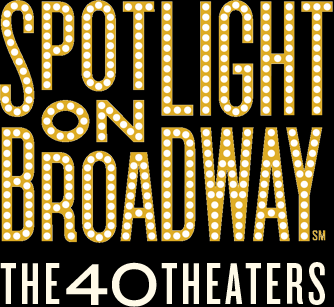Previously called Chanin’s 46th Street Theatre, it was the first theater built by the Chanin organization, in 1925.
Founded by Irwin S. Chanin, owner of a major New York construction company, the organization began building theaters in the 1920s. Chanin did not have much money growing up and he was intent on democratizing the theatergoing experience so that all patrons—those paying higher prices for the best seats and those sitting in the less expensive seats—would all enter through the same door. Theater architect Herbert J. Krapp achieved Chanin’s goal at the Richard Rodgers. He also pioneered stadium seating, which gave the audience better site lines and acoustics. The orchestra was raked steeply upwards at the rear, rising over the entrance lobby with one large balcony above.
While Krapp’s theaters for the Shuberts were simply designed, his theaters for the Chanins were more elaborate; they included Renaissance-style brick and terra-cotta facades. This theater was landmarked for its elaborate facade, which featured a triple-arched loggia set within a colonnade of five Corinthian pilasters and adorned with terra-cotta ornamentation including theatrical masks. Other significant architectural features included a domed ceiling and ornate plasterwork on the proscenium arch, boxes, and balcony front. Continuously operated as a legitimate theater, it has been home to some of Broadway’s greatest hits: Damn Yankees, On Your Toes, Guys and Dolls, How to Succeed in Business Without Really Trying, The Best Little Whorehouse in Texas, and Nine. Purchased by the Nederlander organization in 1982, it was renamed the Richard Rodgers in 1990 to honor the great composer.























